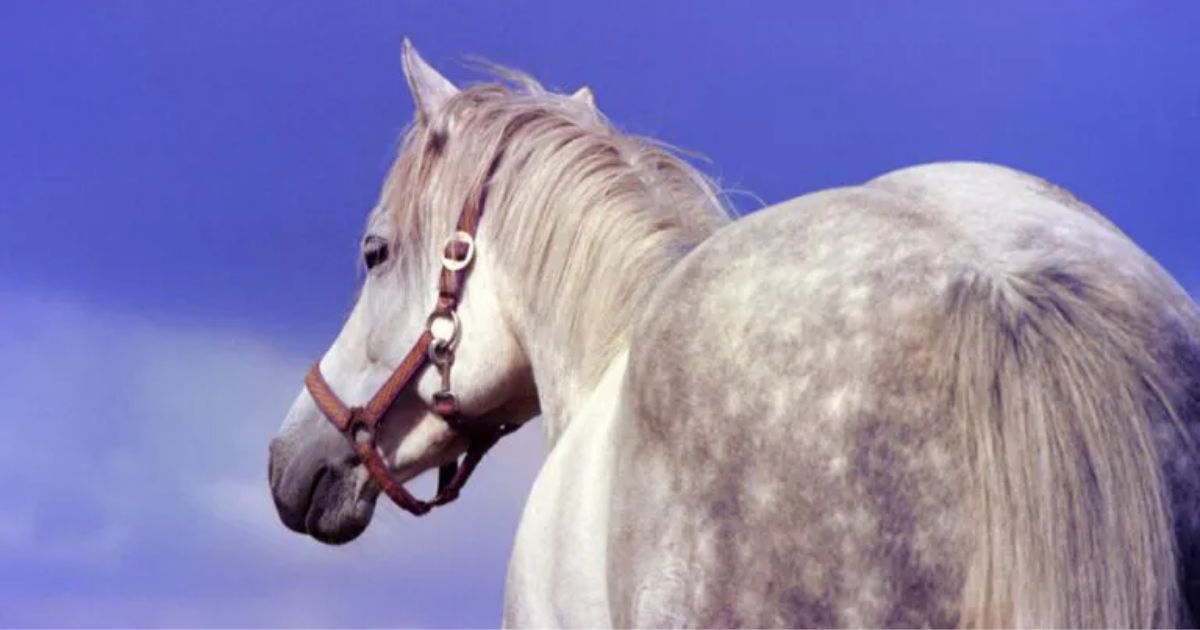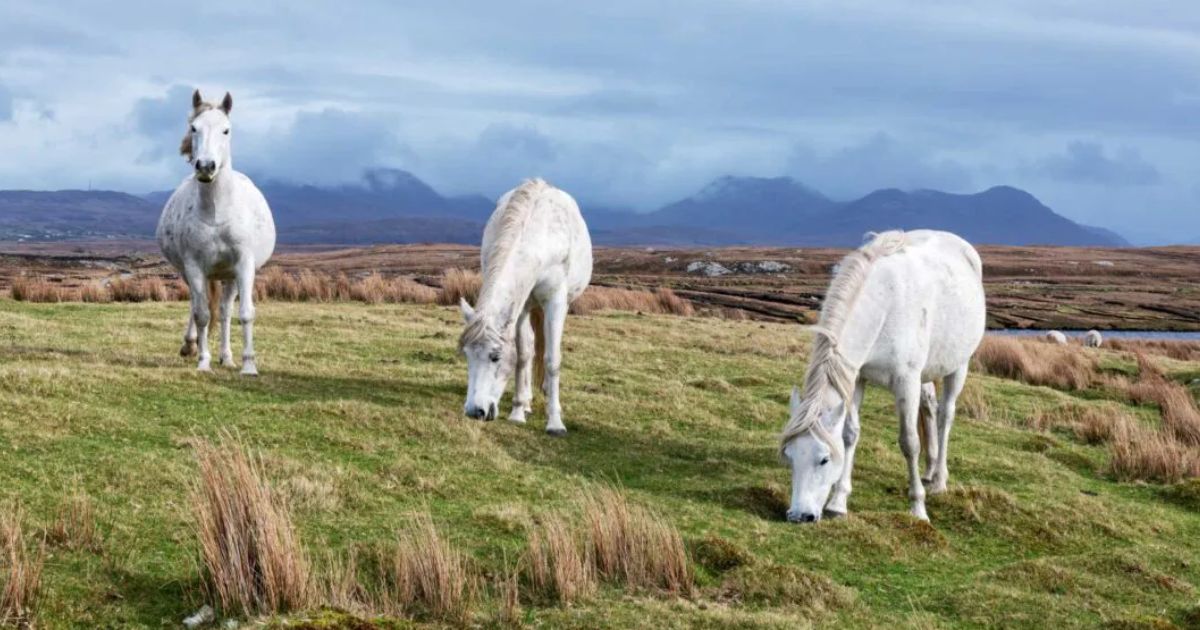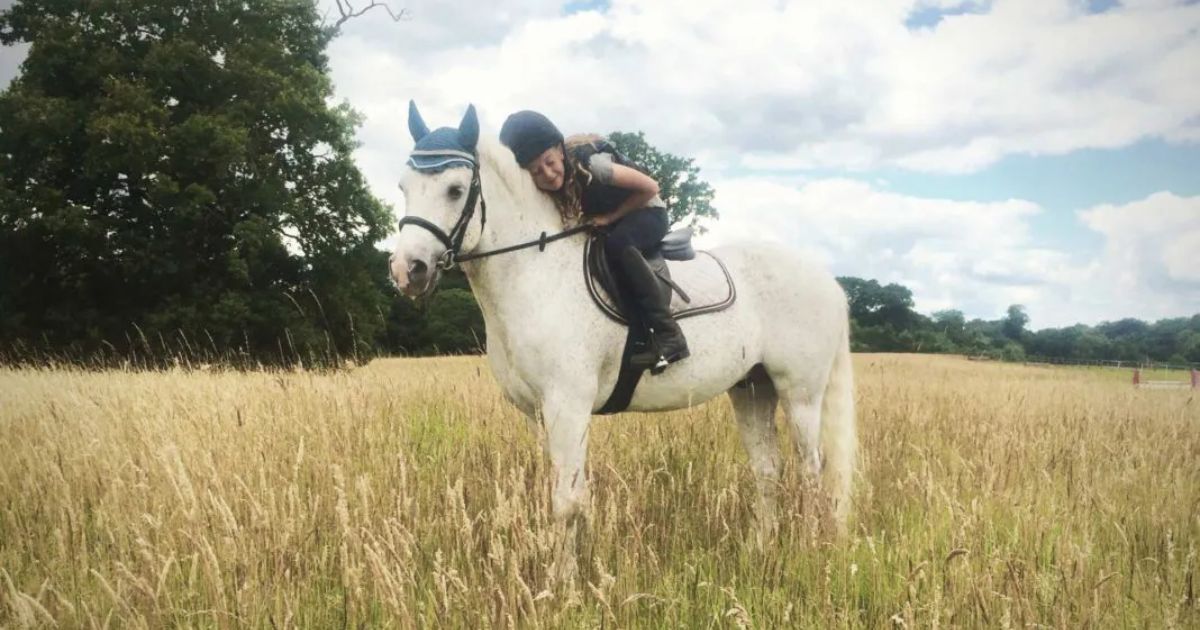Menu

The small, charming pony is naturally gifted for jumping over obstacles and excels on the dressage track with its beautiful, light movements. The robust yet noble Connemara pony arrived in Denmark in 1963 and quickly became popular. Here you can meet the kind, intelligent, and beautiful Connemara, beloved by many younger and older riders alike.
When the Celts swept across Europe, they brought their small, gray pony to Ireland. The Celts were skilled horsemen, and to this day, one can see depictions of the horsemen on Irish high crosses. Perhaps wild ponies lived in the Irish mountains before the Celts arrived. Bone finds suggest this, but it cannot be stated with 100 percent certainty. Over time, the small gray pony was crossbred with various breeds such as Barb and Arabian horses, which wealthy Irish and English merchants imported from Spain and the Orient in the 16th and 17th centuries. The horses arrived in the important Irish capital, Galway, which, due to its port, had an advantageous location for trade.
Irish poems and legends tell of a prince who rode ashore through the spray on his white pony stallion. Furthermore, the legend says that horses swam ashore at Connemara's coast when the armadas were wrecked in 1588. The Spanish horses mixed with the wild ponies living freely in the mountains. Historical sources report that William, the son of Lord Leitrim, in 1606 gifted King James I a particularly fine pony, a cross between a native stallion and a 5-year-old Spanish mare. The pony apparently fascinated to such an extent that it was sent from Galway to London, where it was taken into the royal stables.
Read also: How do you clip your horse?
For centuries, the Connemara pony lived wild in the mountains, which means that natural selection took place. Since the ponies had to live in a climate with rain and storms, climb on rocks, and cross bogs, moors, and quicksand to find food, it is clear that these ponies became extremely hardy. Strong and sturdy legs and agile movements were simply a must for survival. The same explains the pony's strong jaws – they were a necessity for survival – as the diet primarily consisted of thorny leaves and heather during the harsh winter periods.

Later, the small, hardy ponies were captured to work in agriculture, and around the 1900s, there was also an assessment of the Connemara pony's suitability for the army with a view to the wars in Africa. A representative from Edinburgh University assessed that the pony was exceptionally hardy, intelligent, strong, enduring, and capable of surviving where other horses could not. Systematic breeding efforts were at one point close to eradicating the breed, as it was crossed with other breeds, altering its good foundation. As a result, today there are two types of Connemara ponies.
In 1923, the Irish Connemara Pony Society was founded in Oughterard in Connemara. With the establishment of a breeding society, there was a desire for future control of Connemara breeding. 1926 was the year when the first stud book was published – the standard for the pony at that time does not differ significantly from what we know today. The ponies were judged with very critical eyes, so far more ponies were rejected than accepted into the breeding society. In 1964, the Breeding Association for Connemara Ponies was established. At that time, there were seven Connemara ponies in Denmark. Even today, only ponies with certified parents can be registered in the stud book.
Read also: TTouch: The help for nervous and tense horses is right at hand
Already in the years following the introduction of the breed, the Connemara pony began to prove its worth at showgrounds around the Danish competition tracks. Many hundreds of A and B ponies have been bred, which have placed themselves at major national and international competitions. The pony's movement is characterized by being light and free without unnecessary knee action, but energetic and covering ground. It is sure-footed with exceptionally good jumping abilities, and it is suitable for both children and adults.

A Connemara pony is typically between 133 and 148 cm in height when fully grown. It is primarily grey, but also comes in black, brown, dun, chestnut, and palomino colors. The pony has a compact body with good depth, breadth, and mass. It has relatively short and strong legs. The pony has kind eyes, and its head is well joined to the neck, which is of medium length with a well-defined mane. The back should be strong with a robust loin.
Source: